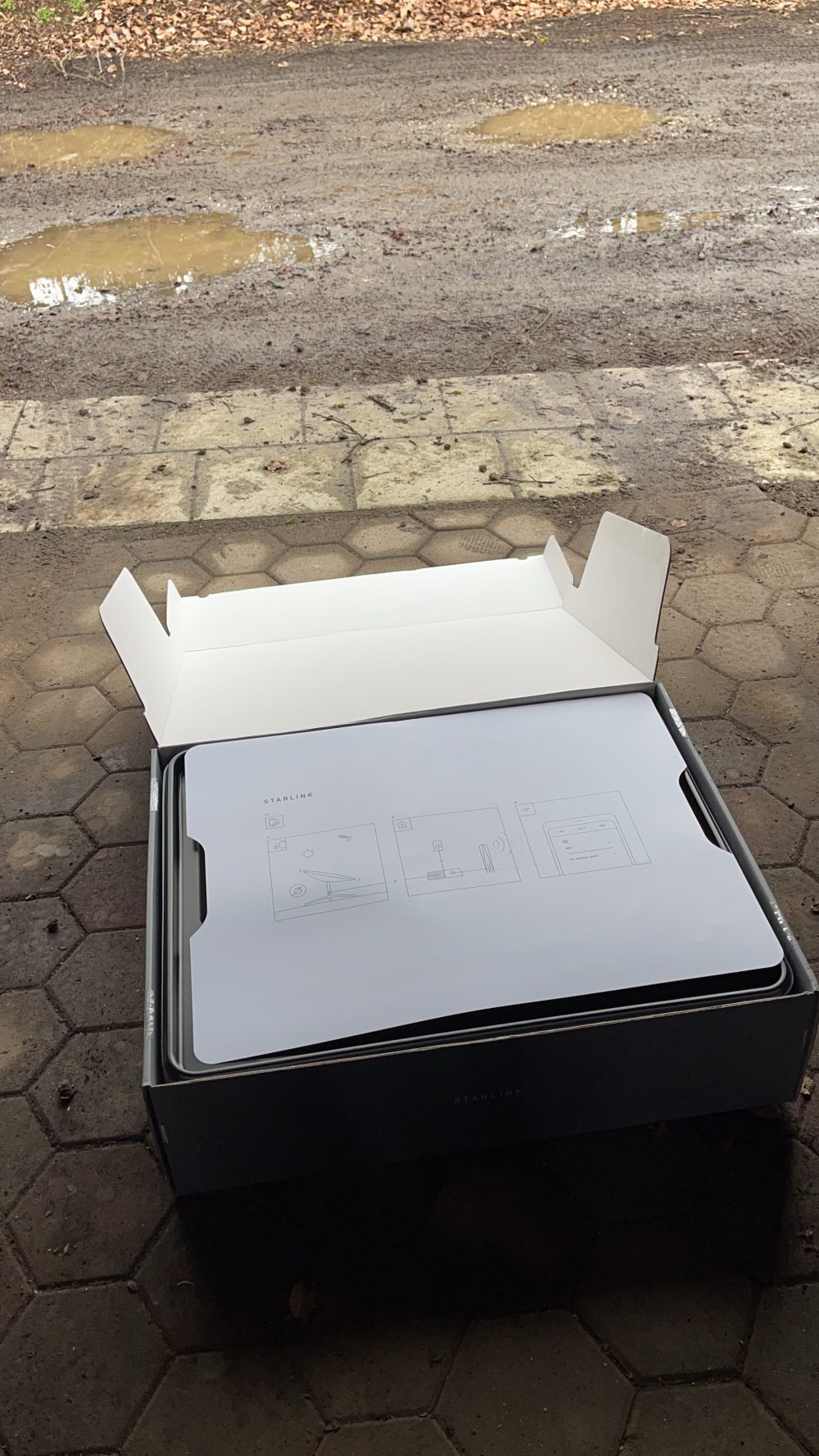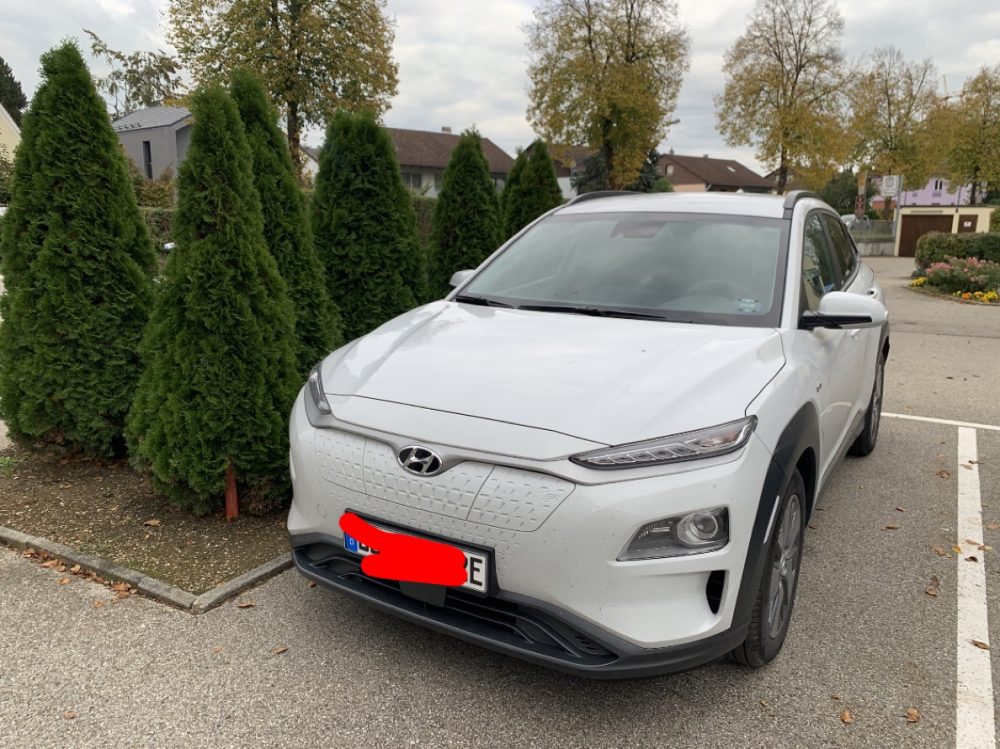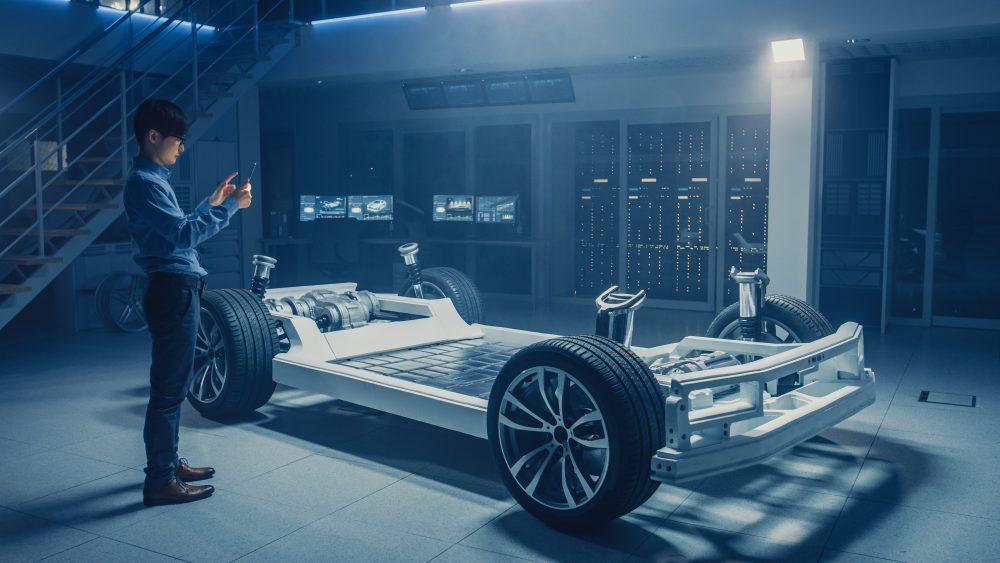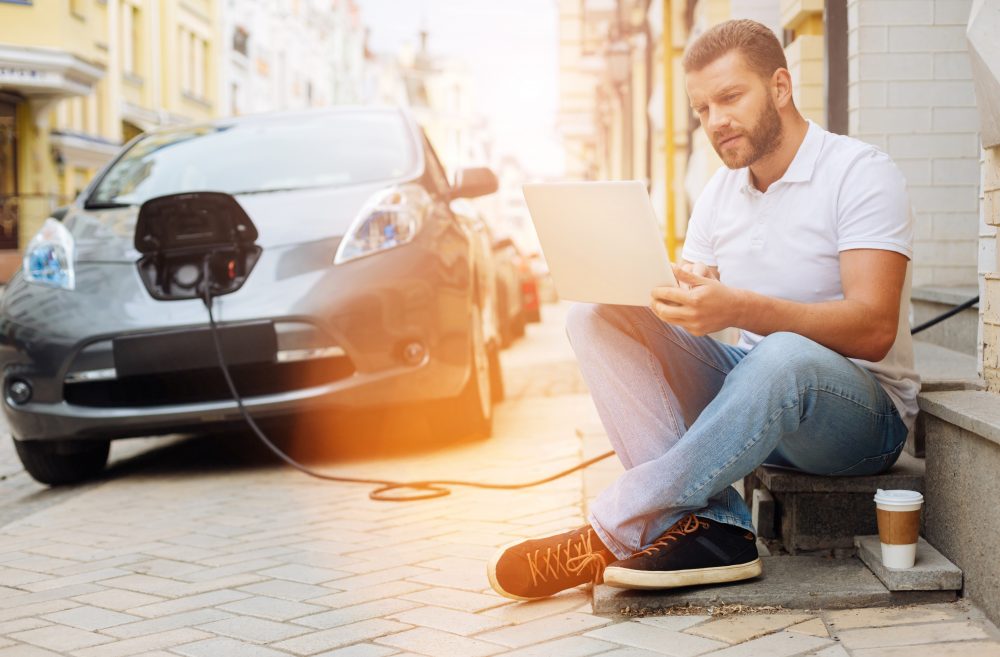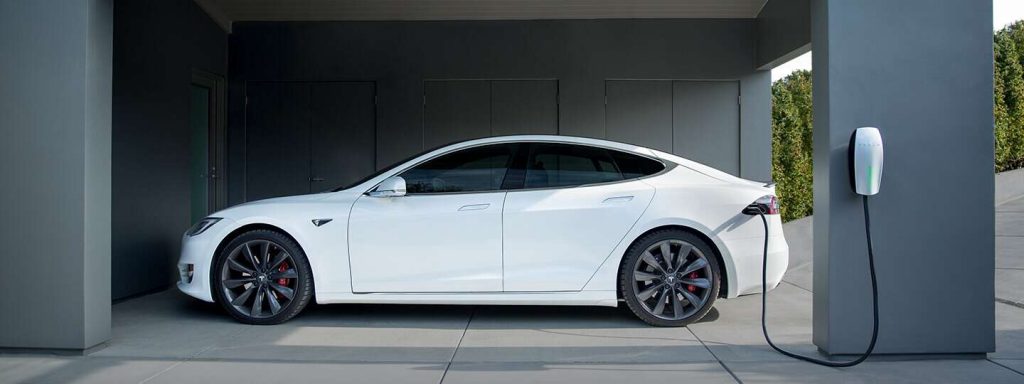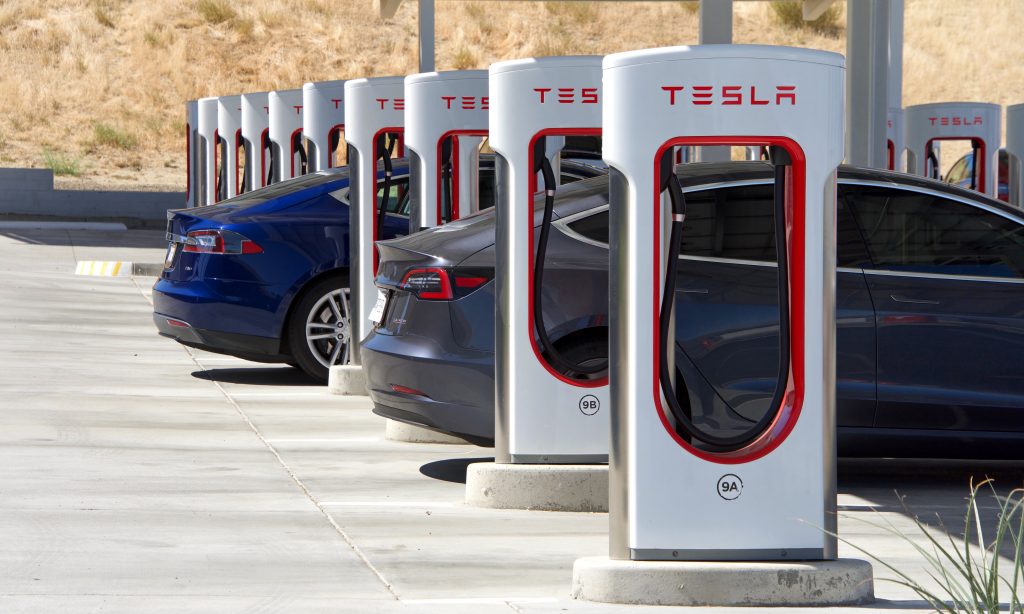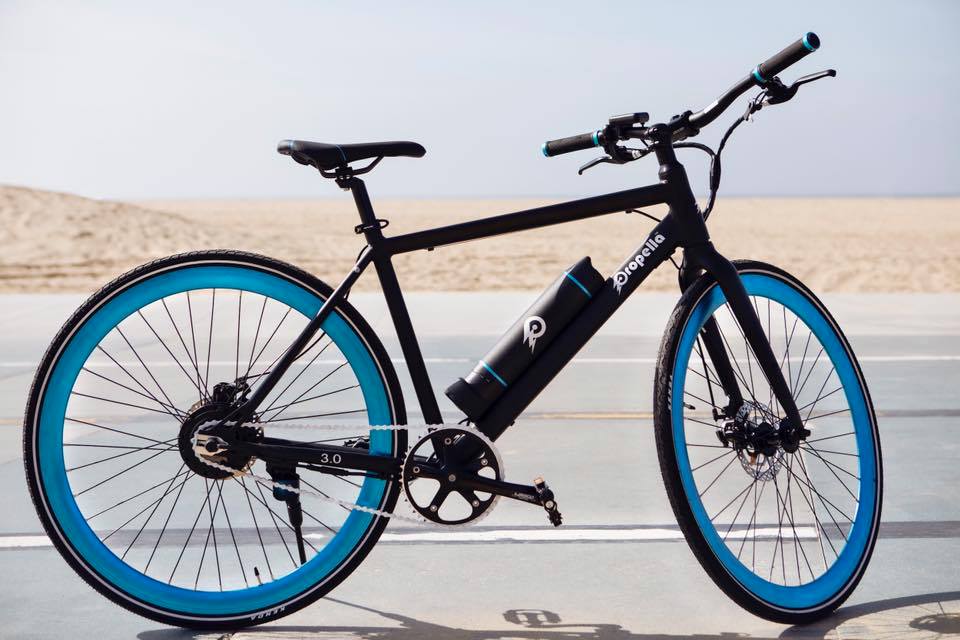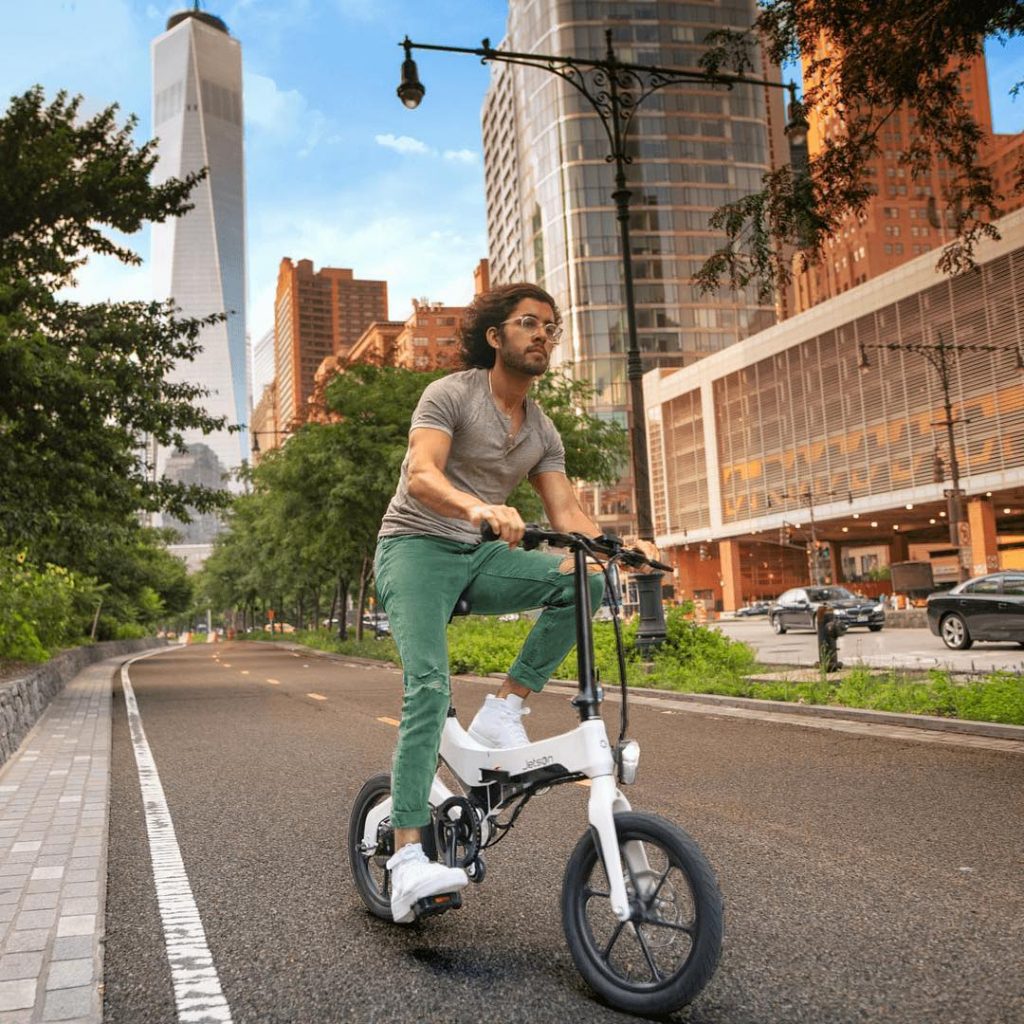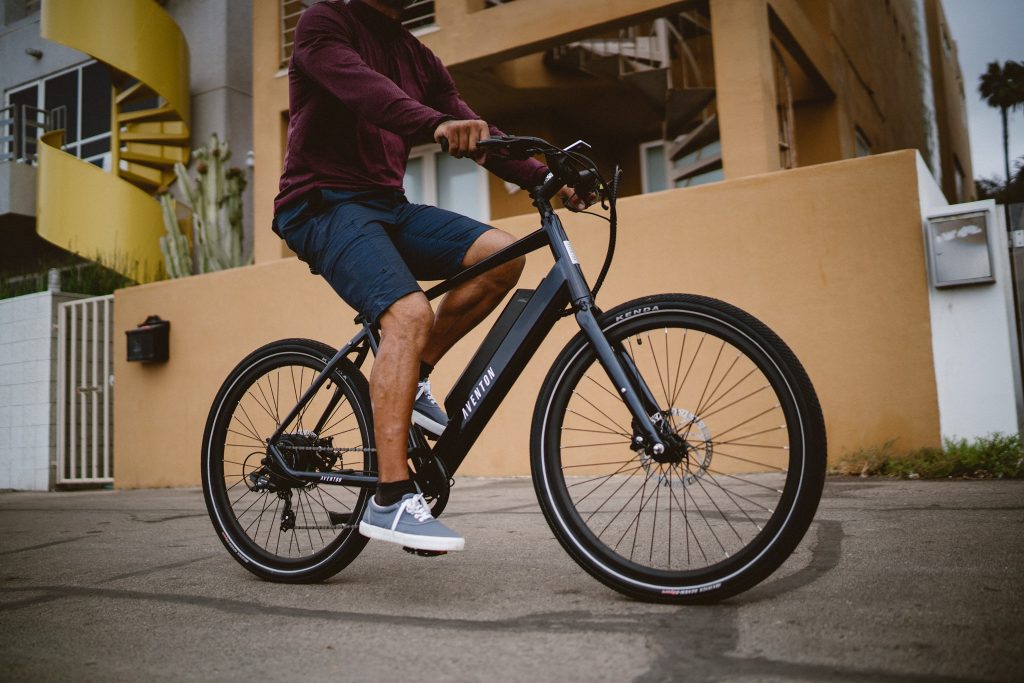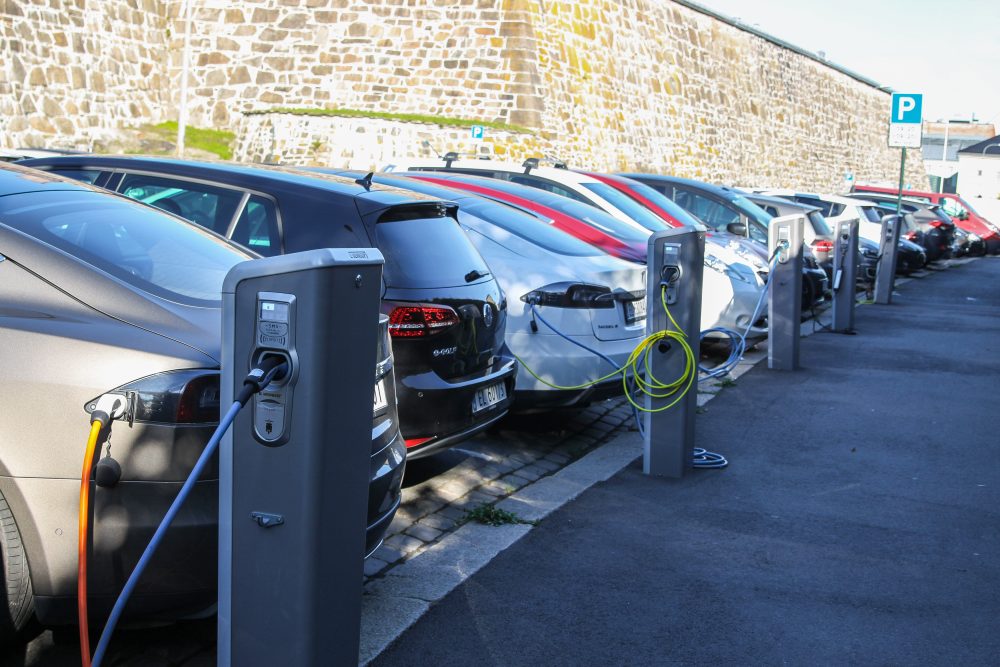Answering a question online, I just found a slide deck I have used in the past. It is about project management and I used it in an educational context where students wanted to develop an autonomous driving vehicle.
The slides show an evaluation what kind of project this is, and what kind of project management could be helpful to use in this context. I compared Waterfall, V-Model, V-Model XT and agile project management.
The slides are German.
Feel free to reuse these slides with a reference to my page.


